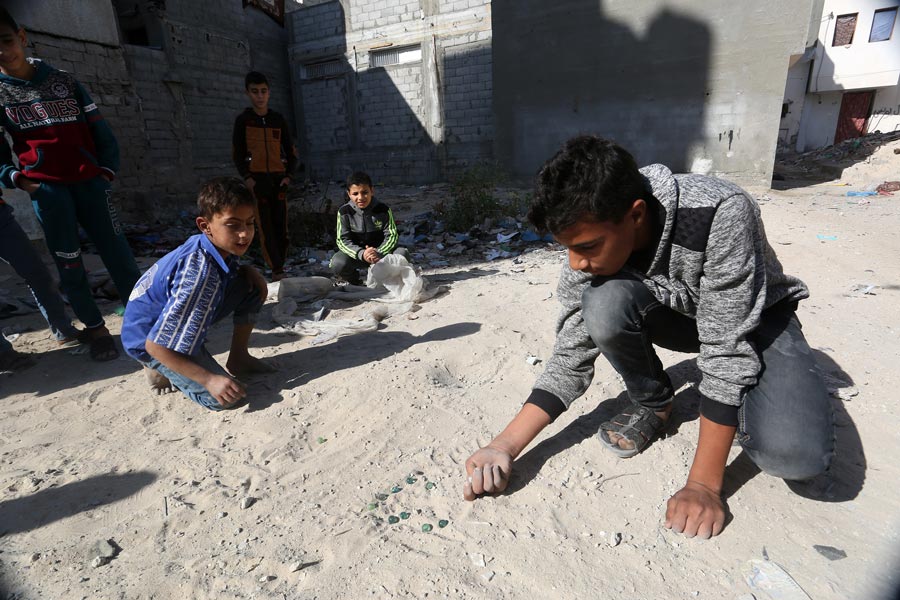Humanitarian Action for Children in Iraq

The humanitarian crisis in Iraq stems primarily from the 2014–2017 conflict, which led to the displacement of 6 million people. There has been a steady stream of returnees.
with 4.7 million people returning to their places of origin, and 1.4 million people still displaced. Overall, 5.6 million people, including 2.6 million children, continue to need humanitarian assistance. This includes 1.8 million people (814,000 children and 15 per cent people with disabilities) facing acute humanitarian needs.
The country is severely affected by the COVID-19 pandemic. As of 13 September 2020, there are 287,000 confirmed cases and over 7,900 deaths.10 The south and centre of the country – notably Baghdad, Basra and Karbala – are the worst affected.
The reduction in oil prices has led to a severe economic downturn, which has further exacerbated humanitarian needs for the most vulnerable. The number of children living below the poverty line has doubled to 38 per cent. While maternal mortality has declined, neonatal deaths remain high (56 per cent of under-five mortality). At least 200,000 infants are missing out on routine life-saving vaccinations against preventable childhood diseases.
Ongoing school closures due to COVID-19 are affecting 10 million children. Some 1.6 million children are in need of child protection and gender-based violence support due to both COVID-19 and displacement. According to a remote monitoring exercise conducted by UNICEF in May 2020, commonly reported issues include lack of access to education (83 per cent); stress, fear and anxiety (51 per cent); child labour (26 per cent); and violence, abuse or neglect within the household (24 per cent).
While more than 86 per cent of people in Iraq have access to basic drinking water, only 39 per cent have access to safely managed water services. Only 24 per cent of the population has access to safely managed sanitation services.
Tags
Related Posts
Four children killed by explosive ordnance in Iraq
“Four children have died – three boys and one girl – and two children have been maimed over the last week, as a result of incidents related to explosive ordnances in two locations in Iraq….
February 7, 2022Iraq: Children Forced To Live Among Corpse, Unexploded Bombs And Rubble After Camp Closures
Thousands of children and their families are forced to live in badly damaged houses in abandoned areas with unexploded bombs, dead bodies and rubble, after the sudden closure of several camps for displaced people in Iraq, Save the Children has witnessed….
November 30, 2020


